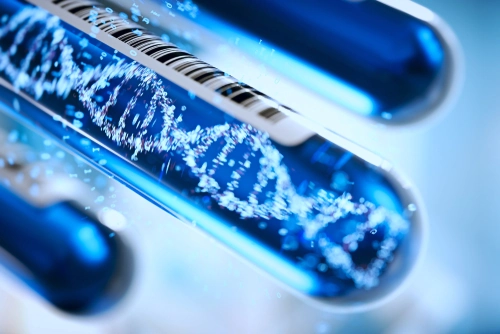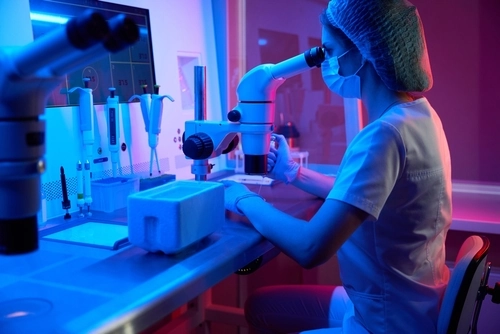Fertility Preservation in Women with Cancer
Clinical Update

Discover the latest advancements in fertility preservation for women with cancer at Tree of Life Fertility Center, where innovative medical solutions support future family planning.

Currently available fertility preservation strategies for females include:
- Gonadotropin-releasing hormone agonists (GnRHa)
- Cryopreservation of mature oocytes (eggs) or embryos
- In Vitro Maturation followed by cryopreservation of mature oocytes
- Cryopreservation of ovarian tissue
Embryo/Oocyte cryopreservation (with controlled ovarian stimulation)
Embryo and mature oocyte cryopreservation are well established technologies for fertility preservation in cancer patients. Embryo cryopreservation has shown positive results for approximately 40 years. The current live birth rate per transfer is around 50 percent in women younger than 35 years of age. The success rates with oocyte cryopreservation have significantly improved since past 10 years. Current live birth rates from a series of cryopreserved oocytes are comparable to those in cryopreserved embryo transfer cycles—especially if those cryopreserved oocytes have undergone vitrification (a freezing method that requires a high concentration of cryoprotectants along with an extremely high cooling rate).As the process of embryo cryopreservation takes two weeks or more, it may not be applicable to patients who require immediate cancer treatment. In addition, this process is not practical for patients without partners or who do not want to use donor sperm. Furthermore, gonadotropins (the main medication for ovarian stimulation) increase peak estradiol levels, which may be contraindicated in patients with breast cancer—especially those with ER+ status.Oocyte cryopreservation is a valuable and practical strategy for fertility preservation regardless of the marital status. Especially, it is ideal for women who do not have a partner and do not want to use donor sperm. It also can be a suitable option for women who do not want to create embryos for storage. This procedure requires controlled ovarian stimulation (COS) and egg retrieval—the same process required for embryo cryopreservation. Oocyte cryopreservation, however, does not require in vitro fertilization, and can avoid ethical and religious issues.
In vitro maturation followed by cryopreservation of mature oocytes
To date, immature oocytes (GV stage) do not survive well after cryopreservation, therefore, in vitro maturation (IVM) of GV stage oocytes to mature (MII stage) oocytes followed by vitrification of those matured oocytes appears to be more practical (although it requires expertise). The advantages of retrieving immature oocytes without COS include no delay of cancer treatment and no increase in serum hormone levels (safe for hormone dependent cancer).Ovarian tissue cryopreservation
Ovarian tissue cryopreservation is the only option for: 1) pre-pubertal girls 2) patients who cannot delay cancer treatment or 3) patients who are unwilling to undergo COS. Patient age is crucial as the chances of restoration of ovarian function and fertility are closely correlated to the number of follicles in the ovarian tissue (which declines with age). In general, it is not recommended to cryopreserve ovarian tissue if the patient is older than age 38. Another crucial factor for the success of ovarian tissue cryopreservation is the expertise of the laboratory.The main advantages of ovarian tissue cryopreservation are:
1) It can permanently store abundant amounts of immature oocytes for future use2) It can restore fertility as well as endocrine function after ovarian tissue transplantation3) It does not delay cancer treatment4) It does not increase serum hormone levels

